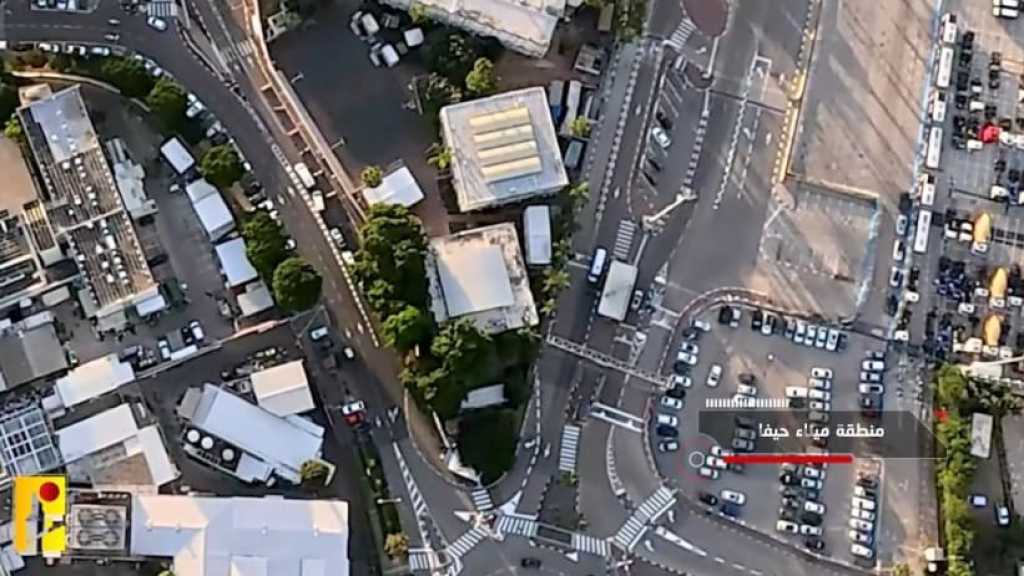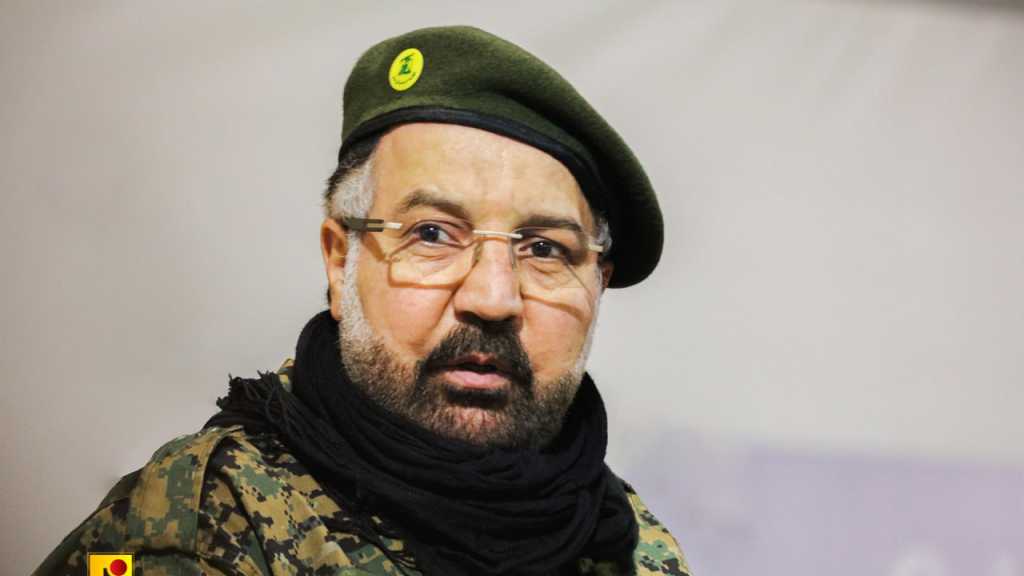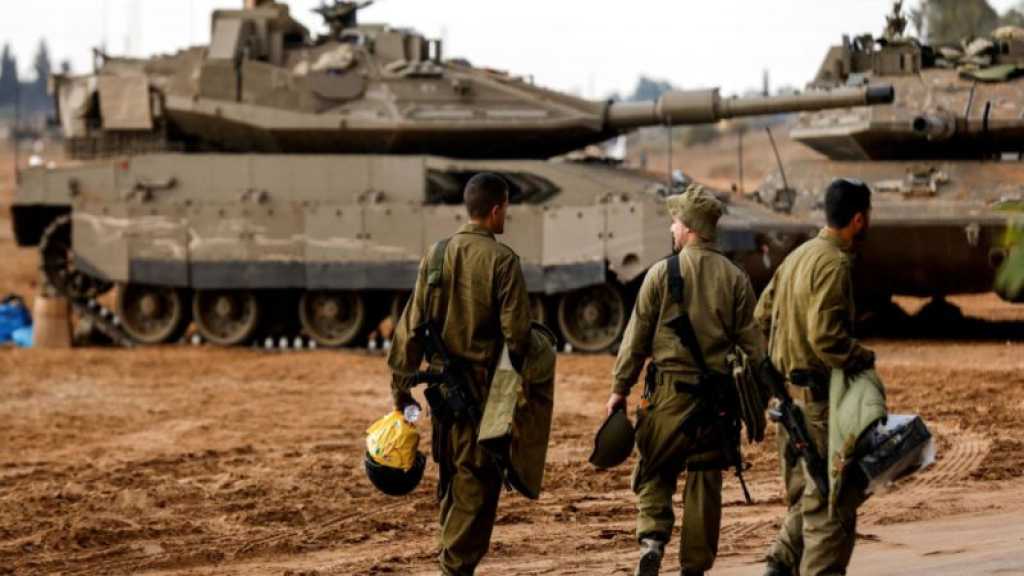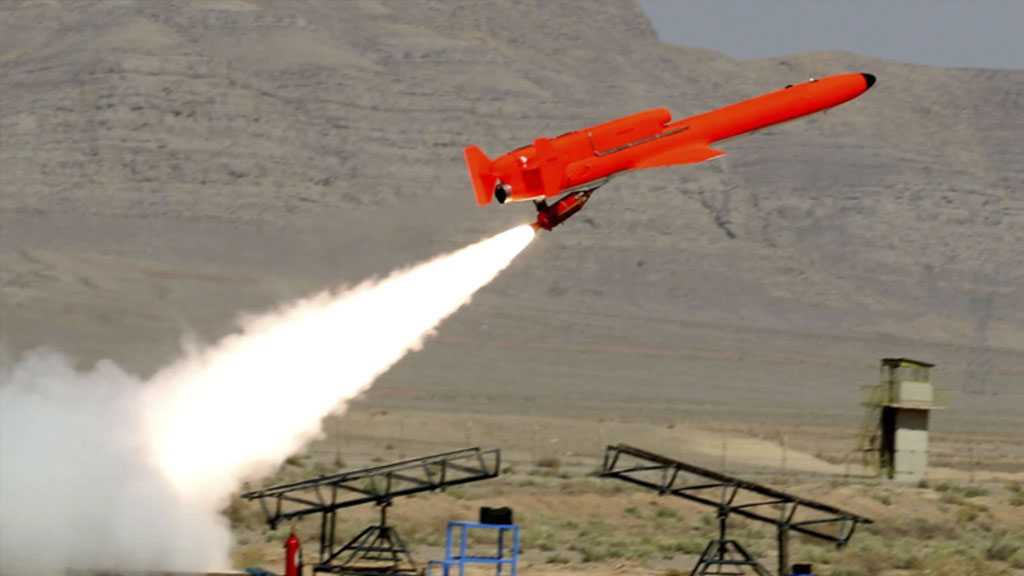The Axis of Resistance: Palestine Is No Longer Alone!

By Ibrahim Al-Amin | Al-Akhbar Newspaper
Translated by Al-Ahed News
Let's let others use kid gloves when covering the current situation. We are nowhere near to being on the same page as the “Israeli” media, which has spent the last few decades becoming more closely linked to the ruling establishment and more subject to military censorship. That censorship isn’t satisfied with simply preventing what it considers a security threat but goes above and beyond in suppressing information - a logic that we Arabs know well.
The enemy does not have a solution yet to the dilemma of publications on social media. It relies on the “patriotism” of the people who are not embroiling “Israel” in a crisis while waiting for legislation to be issued criminalizing unwanted narratives.
What happened this week came as no surprise to anyone who knows or is involved in the open conflict between the Axis of Resistance and the enemy.
The idea of carrying out operations against the enemy from Lebanon is not linked to the agenda of those who live on the sidelines of fundamental events in the region and the world. “Israel” is more than aware of the matter and its seriousness.
The bombing that targeted enemy settlements in western Galilee around the clock, may not have been part of the calculations of many, including parties in “Israel”.
But the timing was somewhat predictable given the enemy's provocative operations in occupied Al-Quds.
Most of the enemy’s pillars as well as the foreign capitals, Arab countries, and many forces in Lebanon that do not consider the possibility of the Lebanese arena being involved in the conflict are calculating matters based on what is known as the internal pressure on Hezbollah as a result of the existing crises in Lebanon.
Those who peddle this narrative even thought that the Saudi-Iranian agreement would have an effect on freezing the Lebanese front. In much the same way there are those who interpreted the maritime demarcation agreement as a gateway to calm along the northern front of the occupying entity.
Simply put, the Al-Quds Sword Battle ended a stage of postural coordination between the forces involved in resisting the occupation.
After that, a large train set off connecting capitals to cities and axes covering the entire Arab world. It is an open train for those who are able to bear the responsibility and the cost of engaging in a great battle that will inevitably lead to the expected confrontation that many hope will bring about the demise of the occupation entity.
Four decades ago, many short-sighted people and those who refrained from assuming responsibility, the negligent, and those involved in the enemy’s project said that the “Israeli” era proved itself after the 1982 invasion of Beirut.
A decade later following the settlement with the leadership of the Palestine Liberation Organization and the ill-fated Oslo Accords, they felt that there was no point in resisting the occupation.
They refused to acknowledge the results of the 1985 liberation, the 1987 uprising, the steadfastness of the resistance in Lebanon and Palestine, and their victories between 1992 and 1997, which led to the 2000 liberation in Lebanon, 2005 in Gaza, and the steadfastness of 2006. Nevertheless, everyone now knows that the resistance is not only useful but is capable of protecting its achievements and making great strides towards the greater goal.
Therefore, whoever believes that talking about the complete liberation of Palestine is a form of madness should calm down a bit and reconsider everything that happened during the past four decades and realize that the dream is not impossible.
And because the dream is not impossible, the elements for success and sufficient strength must be made available. This is what necessitated the tremendous efforts that took place in recent years toward unifying the strategic, political, and security policies in confronting the enemy. This opened the door to a huge workshop that works non-stop to consolidate the foundations of this alliance. The matter is also related to experiences, which are acquired through open military confrontations with the enemy in more than one arena.
Accordingly, the idea of unifying the arenas and fronts is no longer a slogan that works to establish its bases in an operational manner, rather it has become a possibility, and the enemy knows the truth about what is happening.
All its security and intelligence activities and the existing political cooperation between Tel Aviv and Arab and Western countries as well as all its aggressive activities reflect its accurate understanding of this fact.
However, there are steps taken by the enemy that appear to be outside the sphere of logical calculations. This is not meant to detract from the professionalism of its political, military, or security institutions. Rather, “Israel” feels cornered to the point that it cannot deal with it silently or by restricting itself.
Therefore, it is forced to propose solutions to its crisis. It often resorts to force, which is a central ingredient in its composition, and rushes to launch attacks that impose new equations.
Two years on, the enemy is trying to break the circle that brings together the forces and capitals of the Axis of Resistance. But it knows that it is being restricted in many arenas.
In the Unity of the Squares Battle waged by the Islamic Jihad movement, the enemy was careful to avoid any action that would drag Hamas into a confrontation.
Just as they [the “Israelis”] did in the Al-Quds Sword Battle - avoiding any uncalculated step on the northern front in order not to open the door for Hezbollah to carry out major action in support of the resistance in Palestine - they are resorting to security actions in arenas such as Lebanon and Iran. However, they rely on an “existing complex” on the Syrian front, which allows them to launch strikes that do not disrupt the program of the Axis of Resistance, even if they cause inconvenience and turn into an element of pressure on the Syrian leadership. However, the enemy did not achieve the goals it wanted.
Practically, we are facing a new level of the intertwining of the arms of the resistance forces in the region. What happened this week is an operational indication that the northern front, with all its might, is ready to engage in the battle with all it requires if the “Israelis” cross certain borders, whether in Al-Quds or other places. In the past few hours, the “Israelis” felt that this time preparation was no longer confined to one particular arena.
They expressed their fear, for the first time, that Yemen would participate in the war and that Ansarullah would launch strategic strikes if necessary.
They also know that the leaders of Hamas and Islamic Jihad are in Beirut now and heard that Ismail Haniyeh and Ziyad al-Nakhala talking about the readiness of the fighters of the two movements in all the places where they are present, not only in the Palestinian arena.
They also realize that Hezbollah will not accept threats, and they heard the head of the party’s Executive Council Sayyed Hashem Safieddine say Al-Quds is not alone in the battle.
The message about the possibility of the enemy resorting to assassinating Hamas leaders in Lebanon, after holding the movement responsible for the missile strikes, was delivered in an ambiguous manner.
The answer to that message requires recalling the words of Hezbollah Secretary General Sayyed Hassan Nasrallah, who had previously warned that harming any resistance fighter on Lebanese territory, regardless of their nationality, will be considered a direct aggression against it, and the response will be harsh and quick.
Even if the enemy decides to launch localized strikes against Lebanon, it knows that localized here means nothing. However, if the security of the residents of southern Lebanon is exposed to any kind of danger, the resistance will respond.
A few weeks ago, the enemy received all the necessary indications that it faces a front ready to fight the fiercest battles in more than one arena and on more than one level. All “Israel” need to do is look at its internal conditions and the state of the uprising, existing or latent, in and around historic Palestine and in its surrounding.
The decision in their hands: Either they surrender to the new realities, or they walk to their death!
Comments




